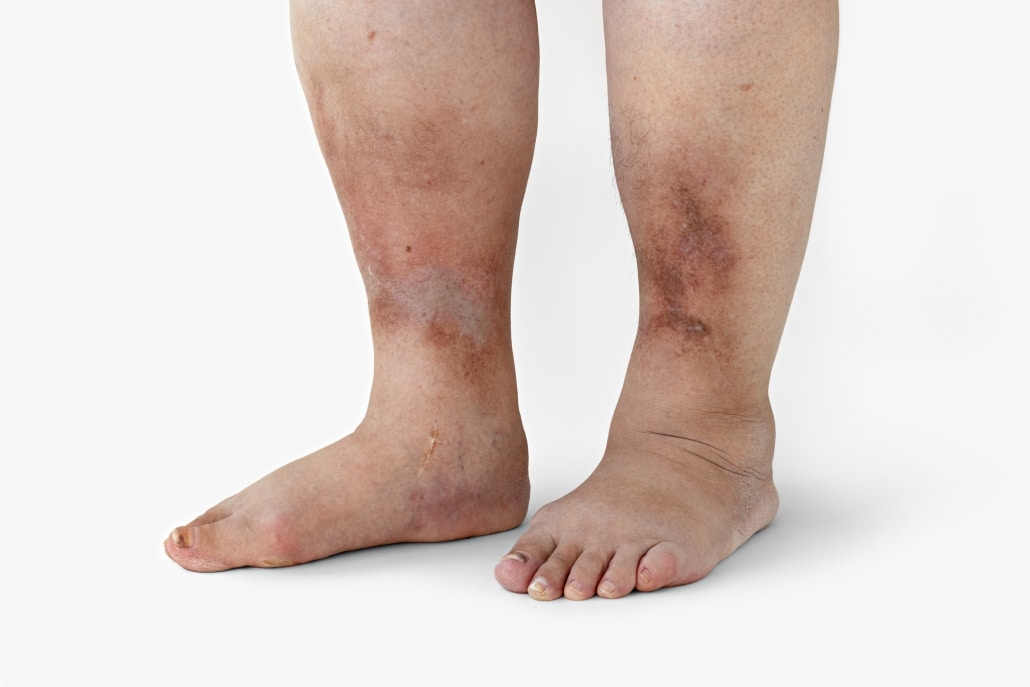Diabetic Foot Deformity Correction
Home / Area of Specialty / Diabetic Foot Deformity Correction
What is Diabetic Foot Deformity Correction?
Diabetic foot deformity correction is a surgical intervention designed to address structural abnormalities in the feet caused by diabetes-related complications. These deformities can result from neuropathy, poor circulation, or repeated trauma, leading to conditions such as Charcot foot, hammertoes, or ulcers. The procedure aims to restore foot alignment, reduce pain, and prevent further complications.
Who Needs Diabetic Foot Deformity Correction?
This procedure is recommended for individuals with:
- Chronic foot ulcers that do not heal with conservative treatment
- Severe foot deformities, such as Charcot joint or collapsed arches
- Persistent pain or difficulty walking due to structural abnormalities
- Increased risk of infection or amputation due to deformities
Procedure for Diabetic Foot Deformity Correction
The exact procedure depends on the type and severity of the deformity. Common approaches include:
- Realignment surgeries to restore proper foot structure
- Fusion procedures to stabilize joints affected by Charcot foot
- Soft tissue repairs to address tendon imbalances
- Ulcer excision and reconstruction to promote healing
Surgeons often use minimally invasive techniques when possible, reducing recovery time and improving outcomes.
Benefits of Diabetic Foot Deformity Correction
This surgery offers numerous benefits, including:
- Improved foot alignment and mobility
- Reduced pain and discomfort during walking
- Lower risk of ulcers, infections, and amputations
- Enhanced quality of life and independence
Recovery and Post-operative Care
Recovery after diabetic foot deformity correction involves:
- Wearing protective footwear or braces to support healing
- Following a customized physical therapy plan to regain strength
- Monitoring blood sugar levels to promote overall healing
- Regular follow-ups with the doctor to track progress
Most patients experience significant improvements in mobility and reduced pain within a few months of the surgery.
Risks and Complications
While diabetic foot deformity correction is generally safe, potential risks include:
- Infection at the surgical site
- Delayed healing or non-union of bones
- Recurrent ulcers or deformities
- Complications related to diabetes, such as poor circulation
Close monitoring and adherence to post-operative care instructions can minimize these risks.
When to Consult a Specialist
If you are experiencing chronic foot pain, deformities, or ulcers that do not heal, consult a specialist to explore the option of diabetic foot deformity correction. Early intervention can prevent severe complications and improve your overall quality of life.

